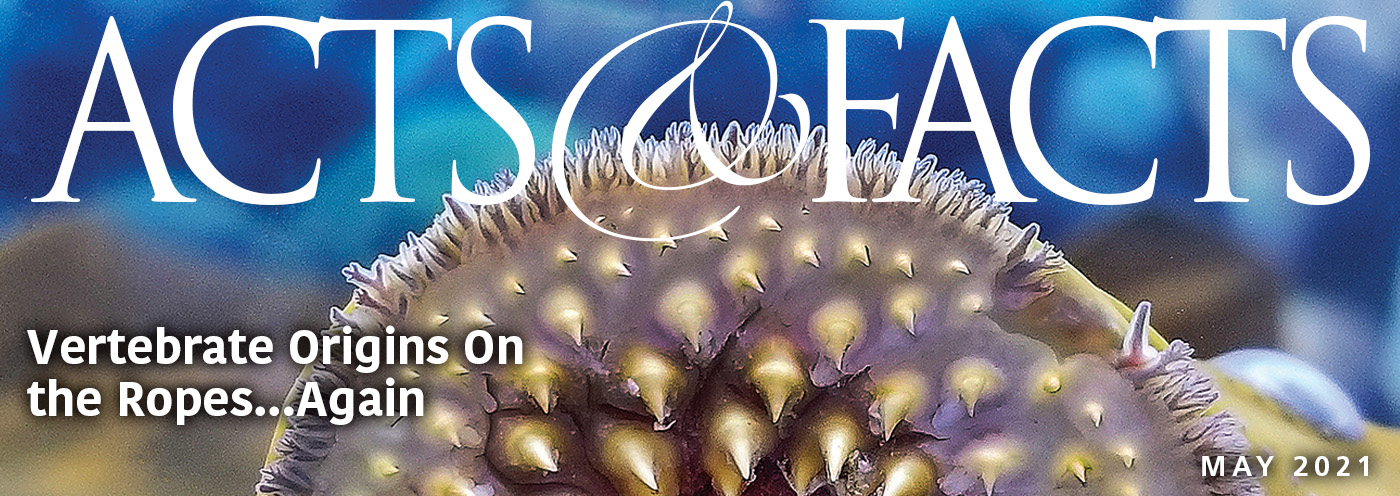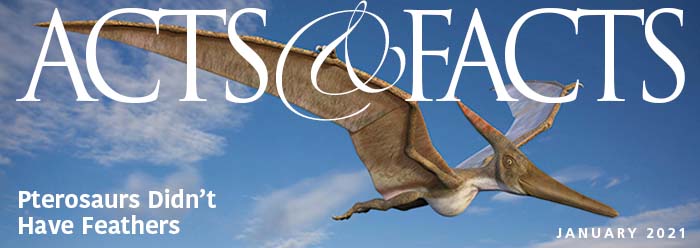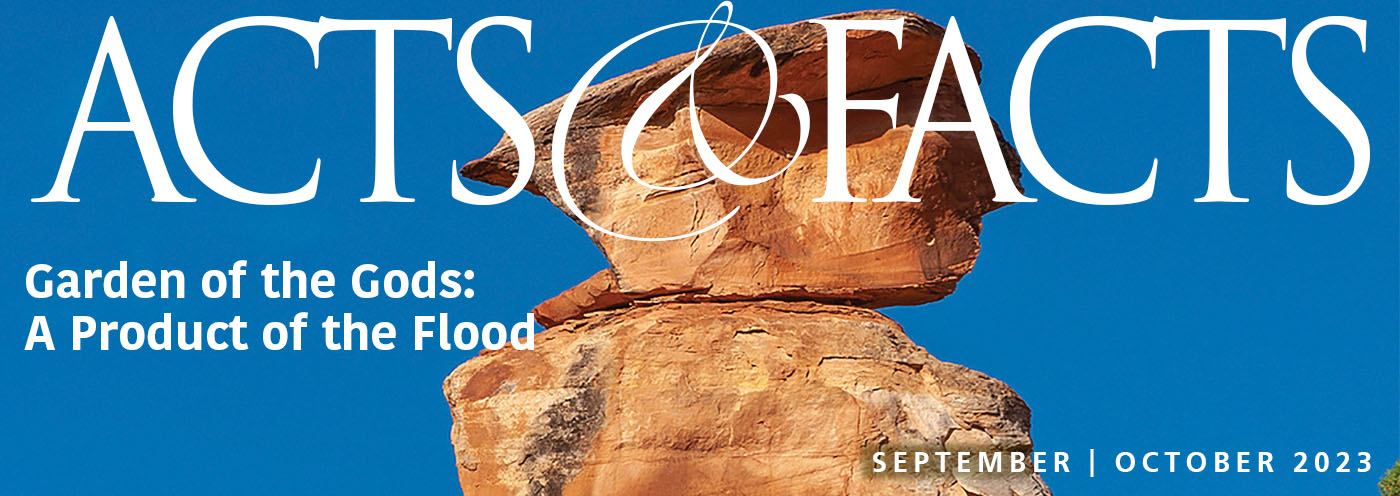Graduate student Shiuan-Tze Wu led a study of some ingenious organization into the odor-sensing cells of fruit flies. He and his collaborators at the La Jolla campus of UC San Diego found that the odor-detector cells in the insects’ antennae talk to one another in a way that saves brainpower. It’s all so impressive that the senior author of the report called it “simple yet elegant,” according to the UC San Diego News Center.1
The team published in the Proceedings of the National Academy of Sciences.2 They ran a series of tests on the cells, each called an olfactory receptor neuron (ORN). The cells partner up into sets called sensilla—mostly in pairs, but sometimes in groups of up to four cells.
Their results showed that one neuron in the set stimulates a particular behavior, while its partner neuron inhibits that same behavior. Example fruit fly behaviors include attraction to vinegar or promotion of egg-laying. The PNAS study authors wrote, “A striking pattern emerged…ORNs housed in the same sensillum antagonistically regulate the same behavior.”2
The team built an olfactory map that identifies exactly which receptor pairs detect and process specific odors. Researchers refer to the electrochemical interaction between these cells as valence opponency. These interactions enable ORNs to do two things at once: They detect odors and regulate their own signals. How do they do it?
Electrochemicals dance across the tiny space between neurons in a sensillum. Together, these diminutive detectors quickly calculate the proper amount and preferred effect of each odor before they send a “do” or “don’t” message. This saves the fly brain’s computing power which might otherwise get overwhelmed with a barrage of confusing scents.
Without these elegantly paired neurons, the fruit fly brain would take more time to process what the fly is smelling. It would also take more energy.
How ingenious is all this? For that matter, how does ingenuity like this even happen? Study coauthor Johnatan Aldajeff told UCSD, “We found that nature has chosen a specific way of structuring this sensory assay.” Nature chose? Really?
When, how, and where does nature actually make choices? And if he’s using metaphorical language so that nature didn’t actually choose anything, then who actually did make the required choices to organize fruit fly sensilla?
If nature really does make design and construction choices, then where are the examples? In the real world, choices come from sentient choice-makers.
Nature is as poor a substitute for a Creator as a puddle of pigment is for a painter. An unbiased view clears the way to attribute the “marvel” of these “simple yet elegant” dual-function fruit fly nerve cells to the work of a Person with the power to choose.
References
1. Aguillera, M. A Map for the Sense of Smell. UC San Diego News Center. Posted on ucsdnews.ucsd.edu January 28, 2022, accessed February 9, 2022.
2. Wu, Shiuan-Tze, et al. 2022. Valence opponency in peripheral olfactory processing. Proceedings of the National Academy of Sciences. 119(5): e2120134119.
*Dr. Brian Thomas is Research Scientist at the Institute for Creation Research and earned his Ph.D. in paleobiochemistry from the University of Liverpool.







